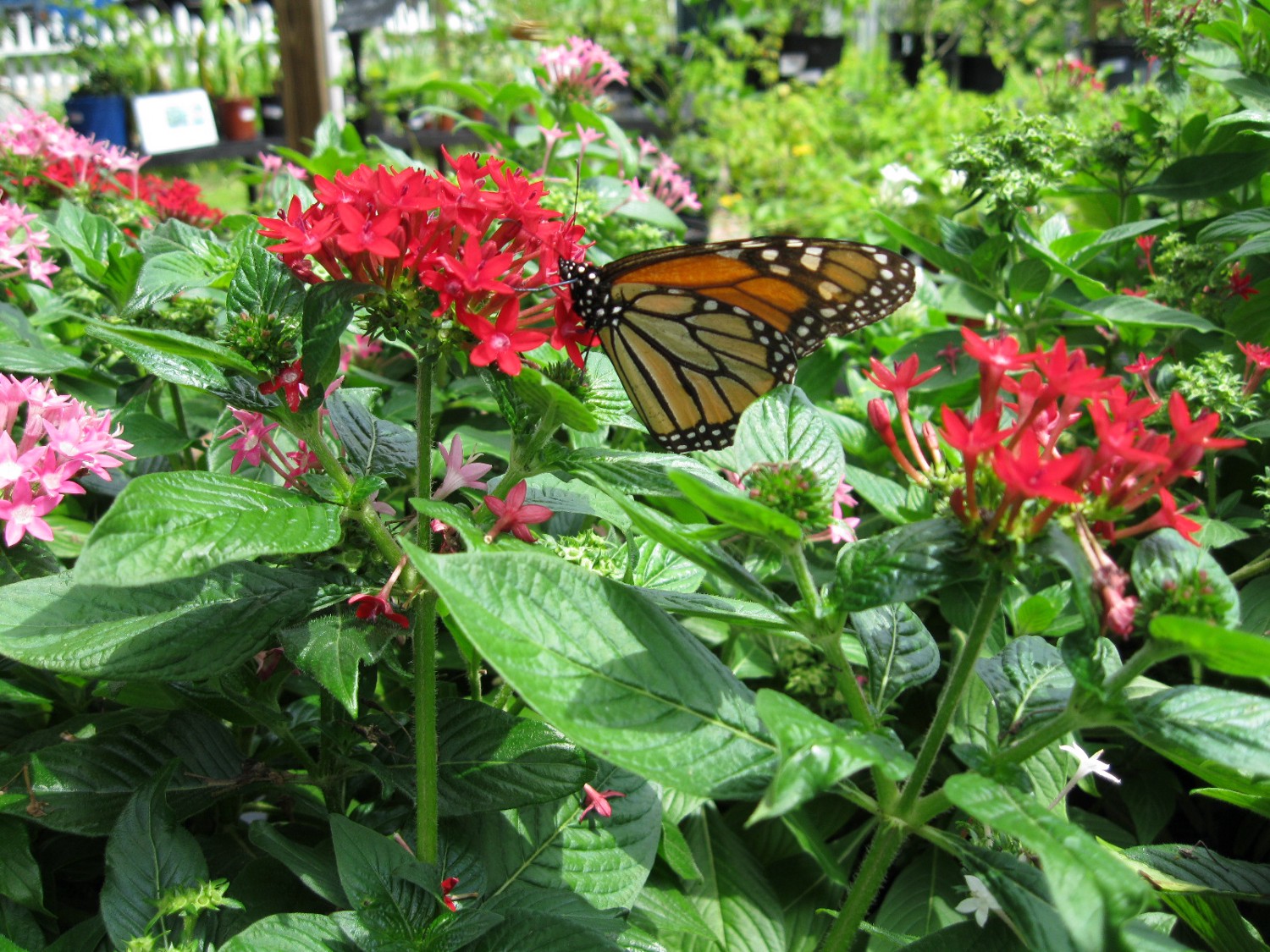It’s easy to know when spring is upon us, the trees return to their lush green color and start to bloom, flowers shoot up from the ground opening their petals to the sunshine, birds return to the area and fill the air with bird-song, and baby animals start to appear in the bushes, and butterflies come back.
It’s easy to attract these beautiful and interesting beings to your garden. All you need to do to start is have plants that feed caterpillars and adult butterflies, but if you want to create a sanctuary for these flying beauties you’ll need some simple plans for your garden.
By planning what plants to bring into your garden will help to encourage butterflies to stick around, laying eggs and creating new generations. First steps is to choose a combination of plants that are nectar plants, and caterpillar ‘host’ plants, which will feed the adult butterflies and young caterpillars. These two groups will provide an entire life cycle of food for the butterflies in your garden.
Nectar plants are plants that have bright blooms, almost all flower bearing plants are nectar plants, but the ones that work best for butterflies are Purple Cone-flower, New England Aster, and the appropriately named Butterfly weed. Four more good nectar plants are Cardinal Flowers, Milkweed, Marigolds, Jewel-weed , and Butterfly Bushes. The more diverse types of flowers you plant the more butterflies you’ll attract.

Next step is to incorporate some caterpillar plants for the babies to munch on. These type plants will be feasted on right away.To avoid a ‘bug-eaten’ garden, you may want to plant these plants in areas that will not be very visible. These plants are also called “Host Plants”. Alfalfa, Clover, Deer-weed, Hollyhock, Mustard plants, Fennel, Dill, Sunflower, Cabbage, Milkweed, Thistle, Hops, Nettles (Careful these sting!), Wild Licorice, Pansy, Choke-berry, Snapdragon, Toadflax.. There are hundreds of host plants out there, but these are the ones that will be the safest for your growing caterpillars.

The final step once the plants are chosen, the location is next of importance. Opt for an area that will be shaded at some parts during the day, such as tree shade, but not totally covered as not to get sun. Dew collected on the leaves should be enough to ‘water’ your butterflies. Happy Gardening!
Originally published at medium.com


